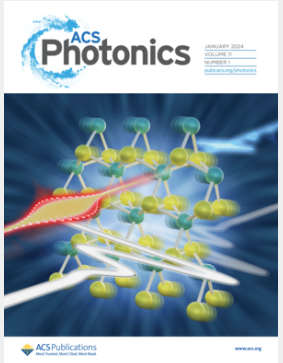Multiple Emission Peaks Challenge Polariton Condensation in Phenethylammonium-Based 2D Perovskite Microcavities
IF 6.5
1区 物理与天体物理
Q1 MATERIALS SCIENCE, MULTIDISCIPLINARY
引用次数: 0
Abstract
Two-dimensional metal halide phases, commonly known as 2D perovskites, have emerged as promising materials for exciton-polaritons, particularly for polariton condensation. This process entails the spontaneous accumulation of population in the polariton ground state and relies on efficient energy relaxation. In this class of materials, this relaxation is mediated by exciton reservoir emission, which pumps polariton states through radiative pumping. To achieve strong light–matter coupling and sustain a high polariton density, the material must possess excitations with large oscillator strength and high exciton binding energy. While 2D perovskites exhibit these desirable characteristics, there are no reports of room-temperature polariton condensation and only one successful demonstration at cryogenic temperatures. In this work, we systematically explore the role of energy alignment between the exciton reservoir emission and the lower polariton branch in populating the polariton ground state via radiative pumping. Through cavity detuning, we shift the lower polariton energy minimum to overlap with the emission of the exciton reservoir at different energies. We identify that the multiple radiative pathways of 2D perovskites lead to inefficient radiative pumping of the lower polariton branch at the lowest-energy state, ultimately posing challenges for polariton condensation in this class of materials.

多发射峰挑战苯乙基铵基二维包光体微腔中的极化子凝聚
本文章由计算机程序翻译,如有差异,请以英文原文为准。
求助全文
约1分钟内获得全文
求助全文
来源期刊

ACS Photonics
NANOSCIENCE & NANOTECHNOLOGY-MATERIALS SCIENCE, MULTIDISCIPLINARY
CiteScore
11.90
自引率
5.70%
发文量
438
审稿时长
2.3 months
期刊介绍:
Published as soon as accepted and summarized in monthly issues, ACS Photonics will publish Research Articles, Letters, Perspectives, and Reviews, to encompass the full scope of published research in this field.
 求助内容:
求助内容: 应助结果提醒方式:
应助结果提醒方式:


